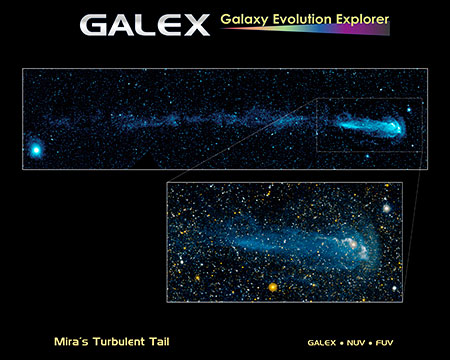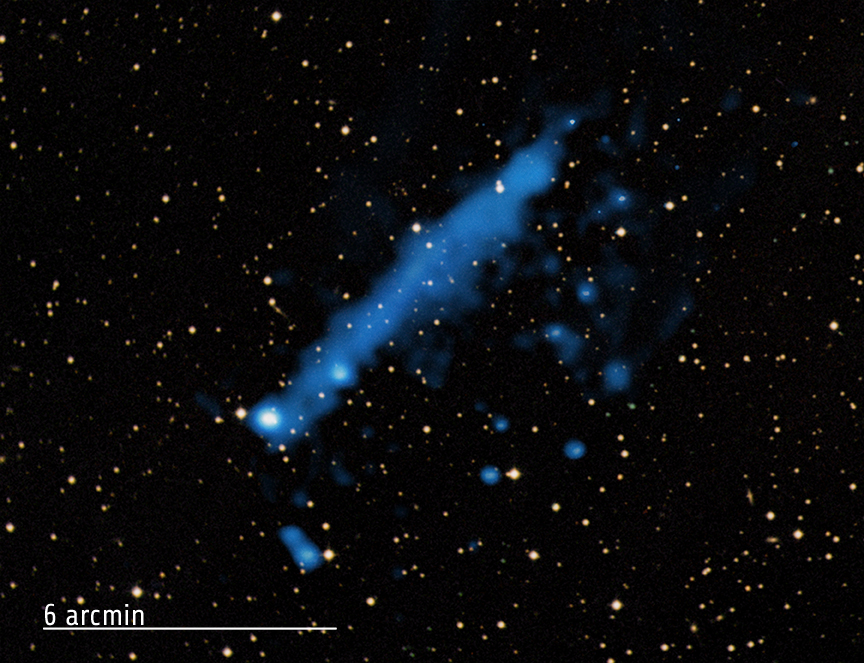Space is mostly empty, so the chances of a runaway pulsar blundering into a solar system in the disk of a galaxy away from the most crowded central parts of it are exceedingly slim. There is definitely a greater risk that a runaway pulsar might get uncomfortably close to something inside a globular cluster:
47 Tucanae is the second brightest globular cluster of the Milky Way, after Omega Centauri. 47 Tucanae is also unusually compressed and dense. It also contains several pulsars. But there is little chance that a pulsar in 47 Tucanae will wreak havoc on an inhabited planet inside 47 Tucanae, because it would seem that globular clusters are hostile places for planets in general, and almost certainly
very hostile places for planets with life forms. There are just too many rather violent things things going on inside a globular cluster - certainly when it comes to gravity and slingshot effects and the like! - for life to thrive in there.
I can't resist showing you this picture of bloated red giant star Mira, which also speeds through space leaving a wake behind it:

Unlike the pulsar, Mira doesn't have an X-ray tail, but an ultraviolet tail. Ultraviolet light represents a lower energy than X-rays, so the tails are not the same. Still, there are some similarities. Mira, too, is speeding, or at least moving pretty fast, through space.
Ann
 HEAPOW: A Pulsar's Tail (2011 Jul 18)
HEAPOW: A Pulsar's Tail (2011 Jul 18)



